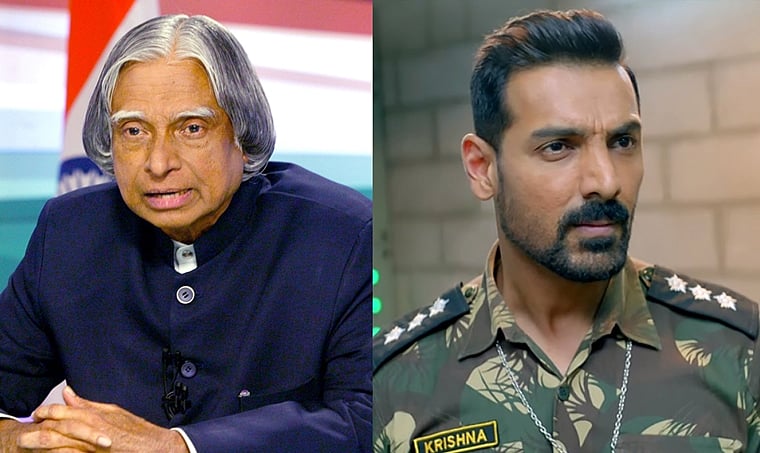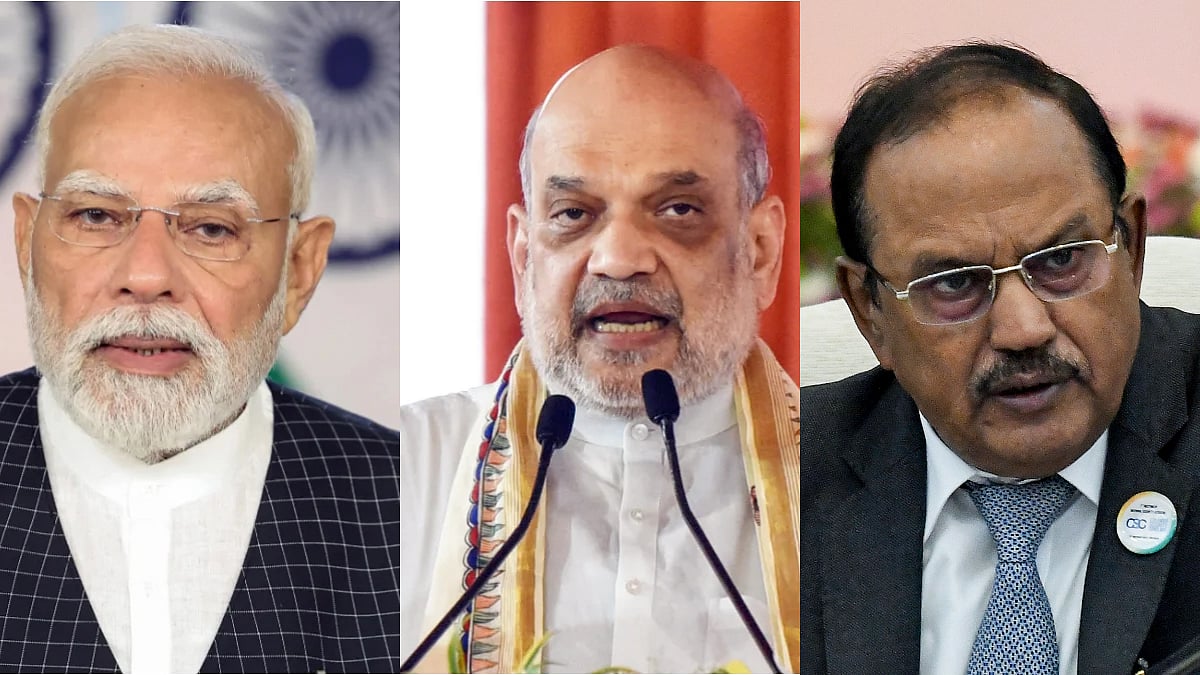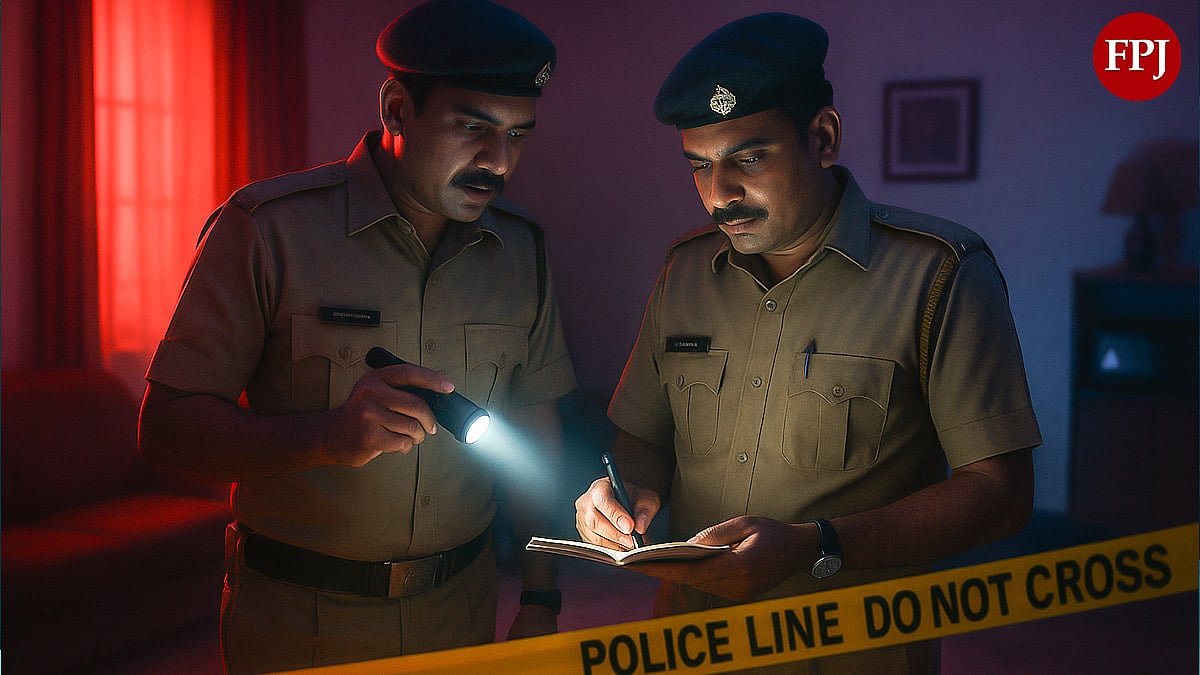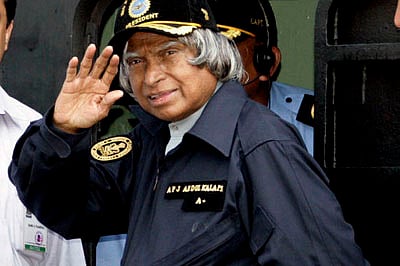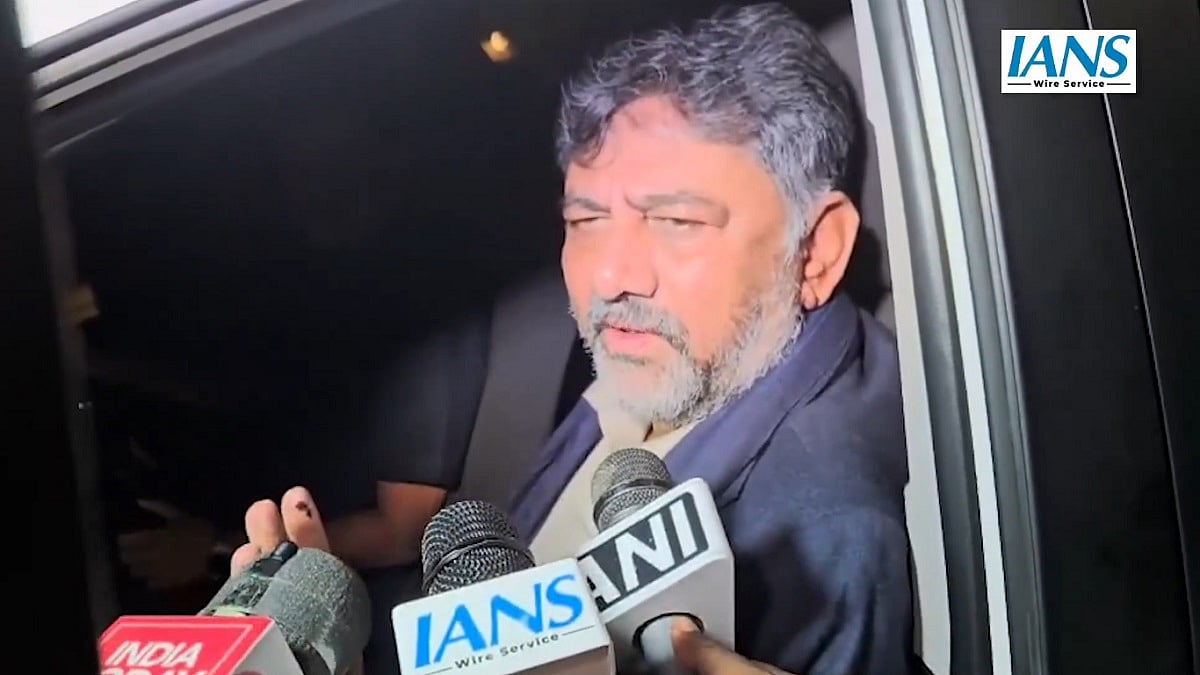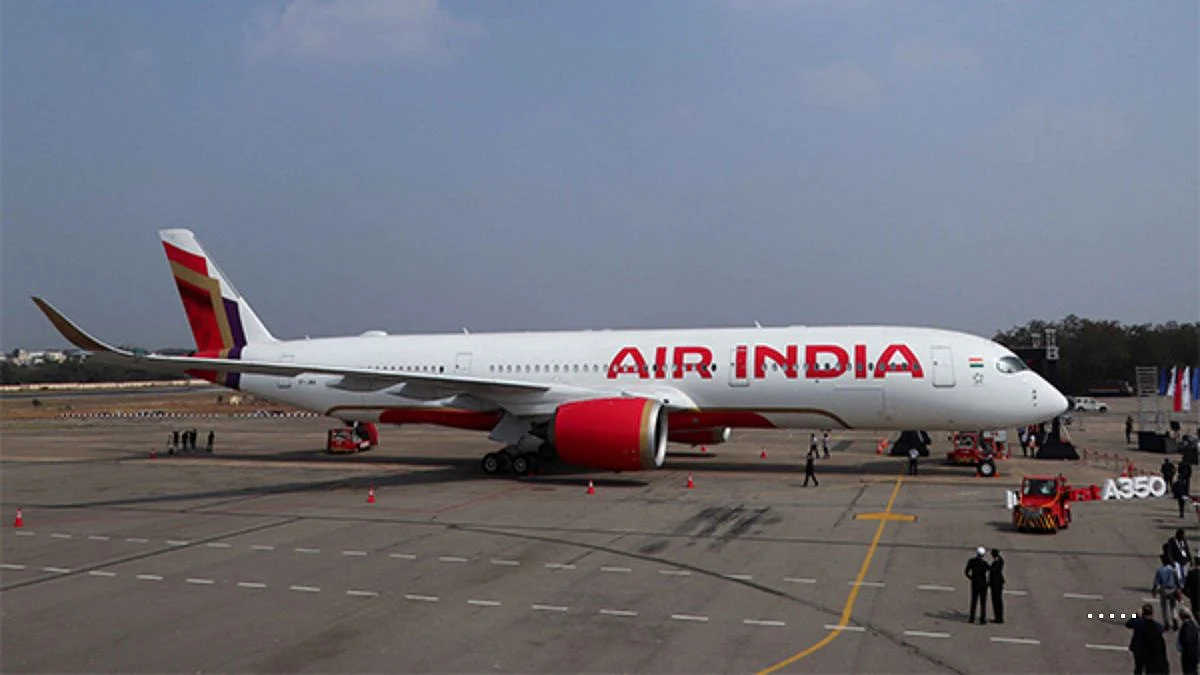Dr APJ Abdul Kalam, best known as ‘People’s President’ and ‘Missile Man of India’, was an Indian aerospace scientist turned educationist, who breathed his last on July 27, 2015, while delivering a lecture at the Indian Institute of Management Shillong. He was 83.
John Abraham’s 2018 film ‘Parmanu: The Story of Pokhran’ is based on Pokhran-II nuclear tests conducted at the Pokhran Test Range in Rajasthan’s Jaisalmer district in May 1998. The tests were carried out by Atal Bihari Vajpayee government and former President Dr APJ Abdul Kalam then the chief of the Defence Research and Development Organisation or DRDO, who was the scientific advisor for the project.
Home Minister LK Advani, Defence Minister George Fernandes, Finance Minister Yashwant Sinha and Principal Secretary Brijesh Mishra also played a significant role in carrying out this nuclear test successfully.
Christened as ‘Operation Shakti’, a series of five nuclear explosions were carried out between May 11 and May 13, after which the Central government declared India a full-fledged nuclear state.
In Pokhran there was a noise like huge thunder, followed by cheers. In Delhi, the five leaders were huddled around a telephone.
That’s when Scientific Advisor to Vajpayee, Dr APJ Abdul Kalam sent a message: “Buddha has smiled again.”
It was a reference to an earlier call to Indira Gandhi: “Buddha has smiled”, during India's first successful nuclear bomb test on 18 May 1974.
Pokhran-II was a secret from 1989 to 1998. Despite seven different PMs, not a word of it leaked to the press.
In 1989, Rajiv Gandhi took a call to make India a nuclear state, setting in place a team that included Naresh Chandra (defence secretary), VS Arunachalam (head of DRDO), PK Iyengar, R Chidambaram and of course APJ Abdul Kalam.
The test happened months after then foreign secretary K Raghunath told his US counterpart that India did not have any intention of testing a nuclear device.
The Indian agencies tried many methods to hide their operations from the US satellite. As the desert of Pokhran provided no cover, artificial sand dunes were created to give it a natural feel.
According to an article in WION, “the thermonuclear device was placed in a shaft code-named ‘White House’, which was over 200 m deep, the fission bomb was placed in a 150 m deep shaft code-named ‘Taj Mahal’, and the first sub-kiloton device in ‘Kumbhkaran’. The first three devices were placed in their respective shafts on 10 May, and the first device to be placed was the sub-kiloton device in the ‘Kumbhkaran’ shaft, which was sealed by the army engineers by 8:30 pm.”
The bombs were flown to Jaisalmer from Bhabha Atomic Research Centre (BARC) in Mumbai, and from there they were taken to Pokhran through trucks.
Scientists also wore army uniform to stay under the radar. Every attempt was made to show that the Indian Army was going to do its business as usual.
The test opened floodgates of trouble for India: sanctions, economic and military, and interactional isolation. And the immediate challenge was to mitigate international opposition and bridge the trust gap with the US. And immediately after tests, the US suspended the foreign secretary-level talks for the following two years.
The nuclear test was important for India as post-1974; Pakistan had actively started acquiring nuclear weapons. And China was sharing technology and materials with Pakistan and it was publically known. The Indian Armed forces knew very well that the Pakistan Army had nuclear weapons. And so, there was this situation in which India was faced with two nuclear-capable adversaries. There were other geopolitical reasons as well, but the point is that the situation had come to a level where India had to take a decision (to test).
'Parmanu: The Story of Pokhran' is directed by Abhishek Sharma and also stars Diana Penty and Boman Irani. According to reports Yogendra Tiku has played the role of Dr Kalam in the film. However, as per John’s statement in the Indian Express, the film has not named the characters as those in real life.
He said, “Besides changing the names of the characters because of rights issues and biopic issues, we couldn’t keep Abdul Kalam’s name or Chidambaram’s name or Kakotkar’s name (all scientists from the Pokhran Test 1998). The plot is 85% true, only my character is fictitious.”
